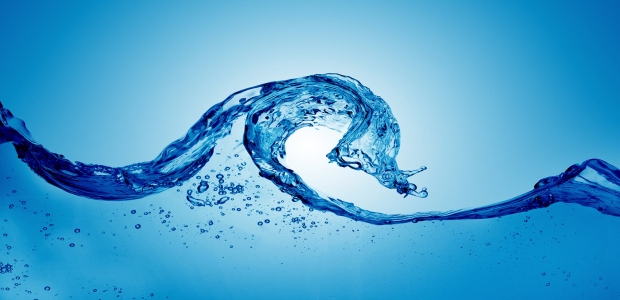Water is so vital to our survival, but strangely enough, we don’t know the first thing about it—literally the first. We build our bodies with water, but build our homes and cities to resist it. Morning dew and roaring falls inspire poets. Hurricanes and typhoons wreak devastation. Melting glaciers and rising tides challenge us all, even in an ever more thirsty world. Where does water, a giver and taker of life on planet Earth, come from? We all have studied in childhood about the process of evaporation from oceans and lakes, condensation forming clouds, rain refilling oceans and lakes—and it all made sense. Except for one thing: None of the details explained where the water came from to begin with.
To be fair, the origin of our planet’s water is an intricate story stretching back some 13.8 billion years to the Big Bang. And a key part of the story, centering on two particular solar system denizens, has been hotly debated for decades. Here’s the part we think we understand well: Just shy of a trillionth of a trillionth of a second after the Big Bang, the energy that sparked the outward swelling of space transmuted into a hot, uniform bath of particles. During the next three minutes, these primordial constituents bumped and jostled, combined and recombined, yielding the first atomic nuclei. One of the great triumphs of modern cosmology is its mathematical description of these processes, which gives accurate predictions for the cosmic abundances of the simplest nuclei—a lot of hydrogen, less helium and trace amounts of lithium. Producing copious hydrogen is a propitious start en route to water, but what about the other essential ingredient, oxygen?
That’s where stars, already plentiful about a billion years after the Big Bang, enter the picture. Deep within their blisteringly hot interiors, stars are nuclear furnaces that fuse the Big Bang’s simple nuclei into more complex elements, including carbon, nitrogen and, yes, oxygen. Later in their lives, when stars go supernova, the explosions spew these elements into space. Oxygen and hydrogen come together in a fusion to make H2O.
But things may not be as clear as they seem. Water molecules were surely part of the dusty swirl that coalesced into the Sun and its planets beginning about nine billion years after the Big Bang. But when earth was in its premature stage had extremely high temperatures no enveloping atmosphere and this implies that surface water would have evaporated and drifted back into space. So again we are back to square one, where did the water come from? There is another theory which suggests it may have been delivered long after Earth formed.
Astronomers have now realized that there are two readymade sources: comets and asteroids, the solar system’s gravel strewn among planetary boulders. The primary difference between the two is that comets typically have a greater concentration of ingredients that vaporize when heated, accounting for their iconic gaseous tails. Both comets and asteroids can contain ice. And if, by colliding with Earth, they added the amount of material some scientists suspect, such bodies could easily have delivered oceans’ worth of water. Accordingly, each has been fingered as a suspect in the mystery.
So between these two theories deciding upon a correct is a challenge, and over the years scientific judgment has swung from one to the other. Nevertheless, recent observations of their chemical makeups are tipping the scale toward asteroids. Researchers reported last year, for example, that the ratios of different forms of hydrogen in asteroids appear to better match what we find here on Earth. But the analyses are based on limited samples, meaning there’s a good chance we’ve not yet heard the final word. Even so, the next time you turn on the tap, think of the flowing water’s long and wonderful journey.

































